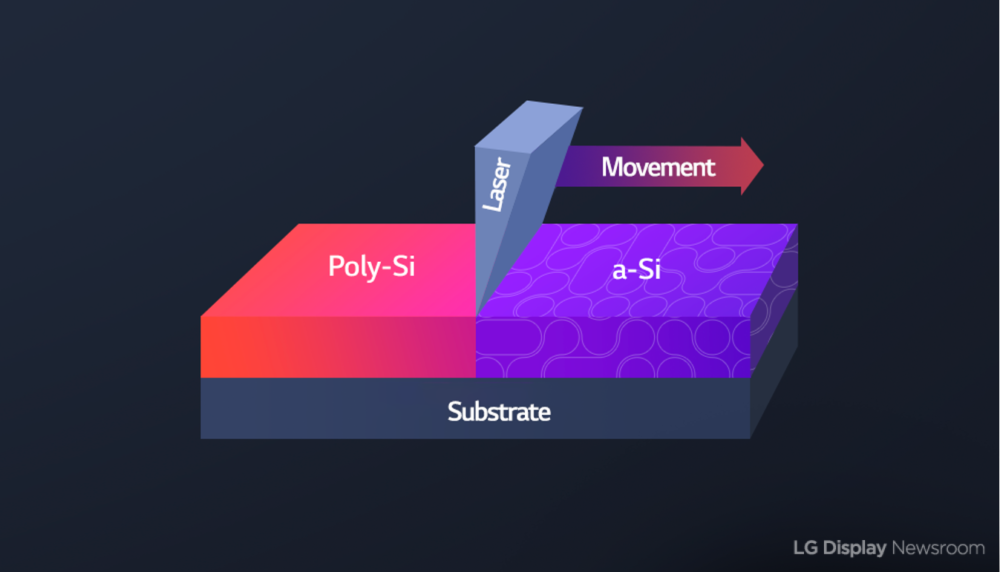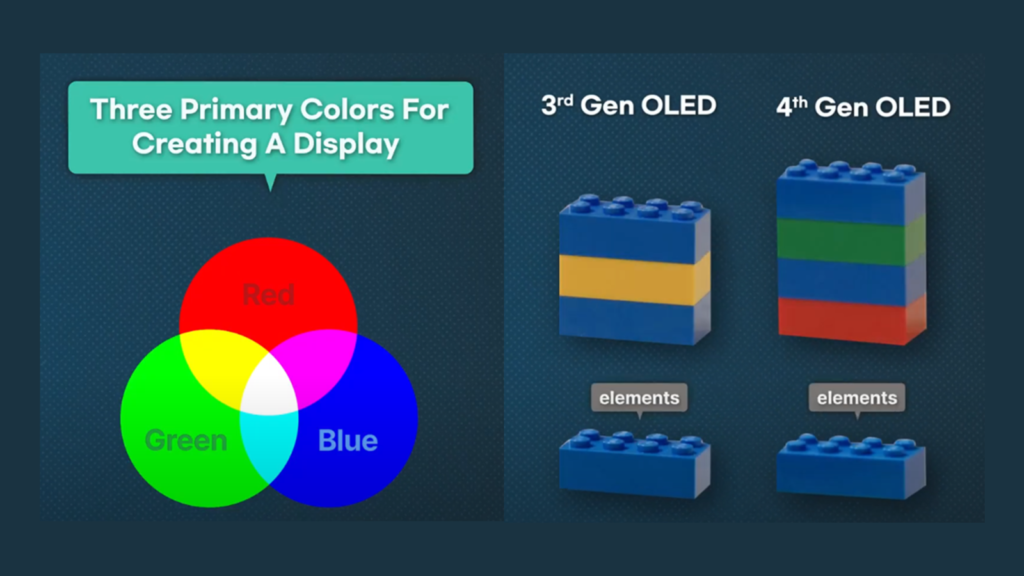DISPLAY 101
#14 Low-Temperature Polycrystalline Silicon

| Low-Temperature Polycrystalline Silicon (LTPS): A type of thin-film transistor that is created at relatively lower temperatures to improve electron mobility |
As explained in the previous Display 101 #12, Thin-Film Transistors (TFTs) are the core of display brightness. TFTs are largely divided into amorphous silicon (a-Si), low-temperature polycrystalline silicon (LTPS), and oxide, depending on the material of the layer that current passes through. As it acts as an ‘electrical switch’ when adjusting the brightness of each pixel, the TFT is critical to fast response speeds. And among various kinds, LTPS has the highest electron mobility.
LTPS has improved on the shortfalls of other types of TFTs as an a-Si TFT is relatively simple to use but has low electron mobility. Due to the lower electron mobility, a-Si needs a longer time to process information and aside from that, it creates less clear images.
Why does LTPS allow electrons to move faster?

LTPS is generated by changing the properties of a-Si. Normal a-Si has a random molecular arrangement, which is why electron mobility is low. LTPS recrystallizes silicon molecules by shooting them with a laser to make them similar to single crystal silicon, which is the most ideal form for electron mobility. This process takes place at the relatively low temperature due to heat-sensitive glass substrates. LTPS is formed as a result, in which the silicon molecules are arranged in a more orderly manner, forming a crystalline structure and creating a constant array, which allows its electron mobility to be faster than a-Si. But the process isn’t easy. LTPS requires finer work than conventional processes and takes more time and money.
In other words, LTPS provides better picture quality as it enables higher resolution and higher electron mobility. High-speed operation circuits can be implemented based on high electron mobility. It can give as much current as is needed in a short time, minimizing transistor size, improving image quality, and benefiting high-resolution displays.









